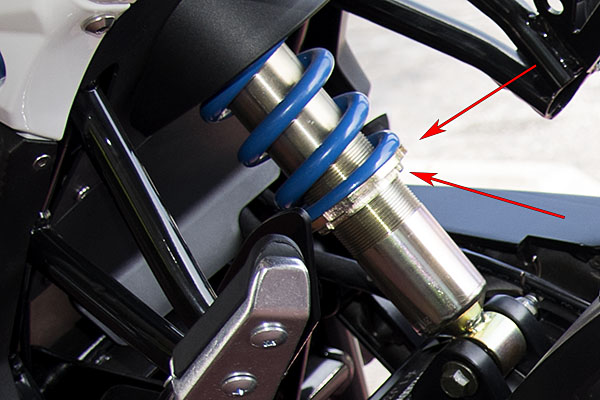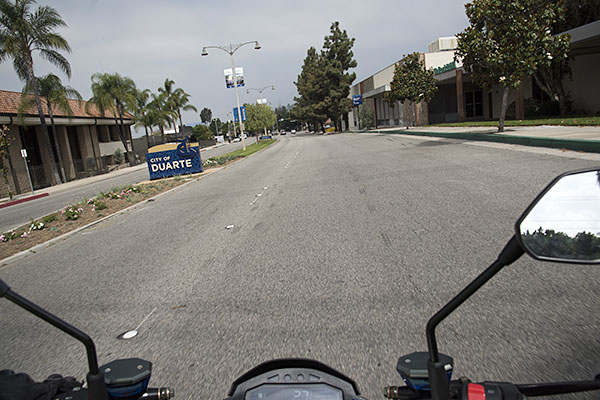Our series on Baja cuisine continues. Previous blogs covered the stretch from Rosarito through Ensenada, and then the stretch south of Ensenada down to El Rosario. In this blog, we’ll cover Catavina and Guerrero Negro.
Catavina
There’s not much in Catavina except rocks, a few structures, and the Desert Inn, but it’s a part of Baja I dearly love. My all time favorite Baja photo (the one that is the ExhaustNotes Baja page banner photo) is one I shot from the saddle of my CSC Mustang on a ride through this region, and it also adorns the cover of Moto Baja. The region has an other-worldly feel to it, with its vibrantly green and pale beige colors (as displayed by huge boulders and gigantic Cardon cactus) contrasting sharply with brilliant blue skies, all bisected by Baja’s Transpeninsular Highway. Amazingly, the boulders were formed by wind erosion (as my geologist buddies tell me). It’s a stark and beautiful land. I love it.

So, back to the topic du jour, and that’s the cuisine in this part of the world. The Desert Inn is a hotel chain spanning nearly the entire length of Baja. The Desert Inns are a bit on the pricey side for Baja (which means they’re still inexpensive by US standards), but the food in these upscale-for-Baja hotels is always good. The restaurant at the Desert Inn in Catavina has a cool arched ceiling tiled with bricks. It’s a cool motif.

The trick is to get arrive before the tour buses do, but even if a crowd gets in before you do, the wait staff is pretty good about attending to your hunger pangs quickly. I’ve tried nearly everything on the Catavina Desert Inn’s menu; the good news is that it’s all good. That statement kind of invites the question: So what’s the bad news? More good news…there is no bad news. I like this place.
Guerrero Negro
It might be part of the Scholastic Aptitude Test: Diamonds are to Tiffany’s like fish tacos are to…well, there can only be one correct answer, and that’s Tony’s El Muelle food truck in Guerrero Negro. Baja is known for fish tacos, and to those in the know, there are none better than those whipped up by my good buddy Tony.

Tony guy was killing it with a gourmet food truck before the gourmet food truck trend caught on in LA, and before that, he was selling fish tacos from a hand cart (I know, because I started enjoying them nearly 30 years ago…a story you can read about in Moto Baja). Just after you’ve crossed into BCS (Baja California Sur, about 500 miles south of the border), hang a right and follow the signs to Guerrero Negro. Tony’s El Muelle fish taco truck will be on the right as you enter town.
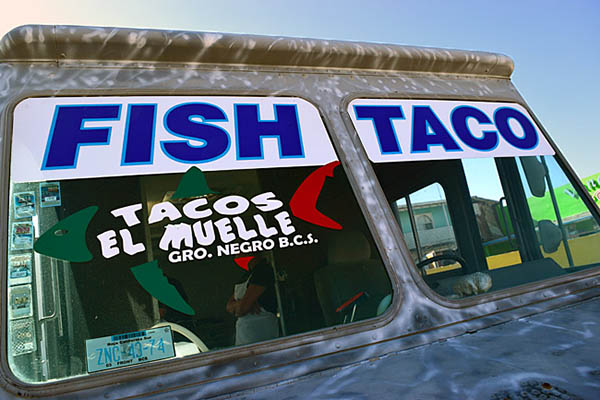
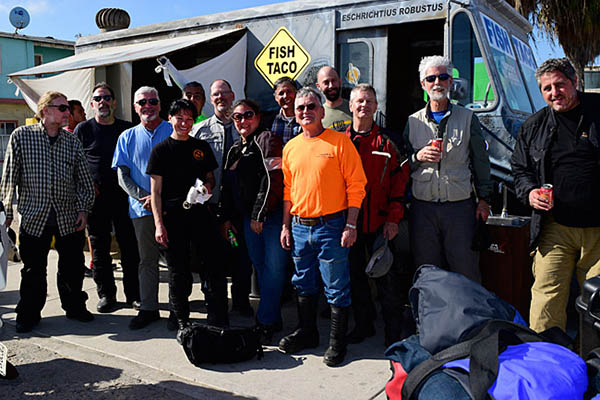
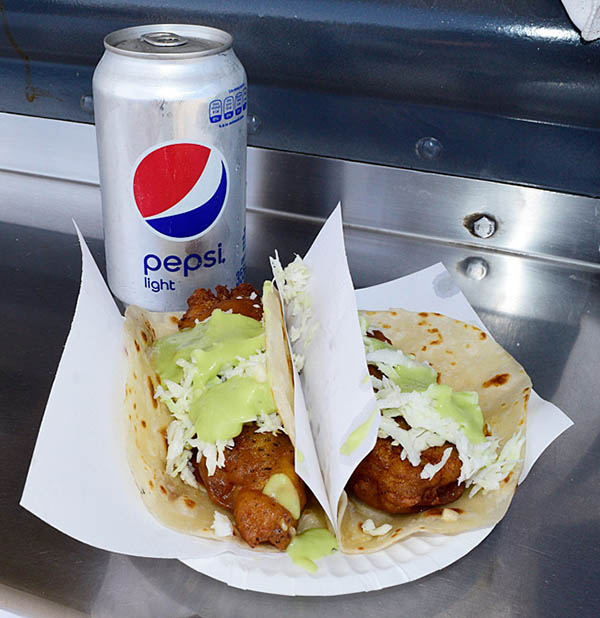
You can’t miss Tony’s. Just look for the people with knowing, anticipatory smiles standing in line. This is another one of those places that, all by itself, makes me want to hop on my motorcycle and head south.
Hey, there’s more. Tony is moving up in the world, and his new restaurant is under construction in Guerrero Negro.
Another favored dining stop and watering hole (especially if I’m spending the night in Guerrero Negro) is Malarimmo’s. Their restaurant is tops for breakfast, lunch, or dinner (everything is good), and they have an interesting bar. You’ll see a lot of cool objects hanging on the walls and from the ceiling in Malarimmo’s bar, all things swept south by the Pacific currents and picked up on the giant land hook around Bahia Tortuga. Buoys, driftwood, signs, parts of US Navy test aircraft…you name it, and it’s hanging in that bar. Taking it all in while enjoying any of Malarimmo’s dishes with a Tecate or a shot of Tequila (after the bikes are parked for the night, of course) is a most enjoyable experience.
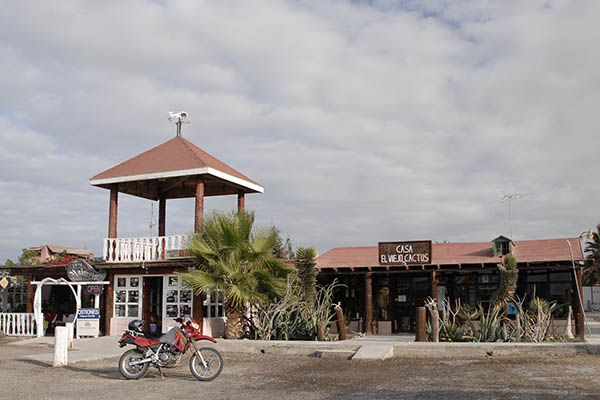
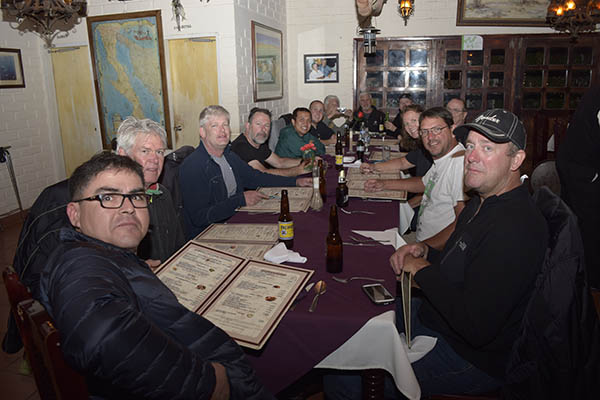
There’s one more place I like a lot, and that’s the restaurant at the Hotel Don Gus in Guerrero Negro. It’s right across the street from Malarimmo’s, and I’ve stayed at the hotel and dined at the restaurant several times.


The Don Gus restaurant has great food and it’s a little less expensive than Malarimmo’s, which means it’s very inexpensive. I like the place, and I’m betting you will, too.



